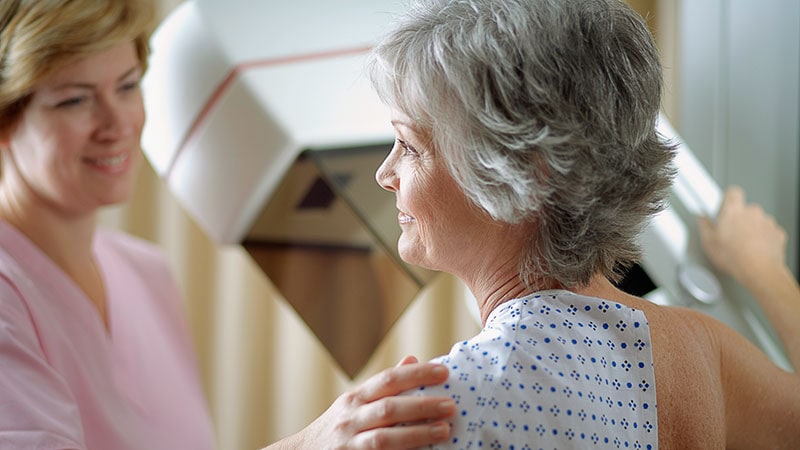There is inconsistency among published guidelines for the optimal diagnostic and management pathways for patients with typical (TC) or atypical (AC) pulmonary carcinoid tumours.
In order to assess current UK practice for the diagnosis, management, and follow-up of patients with TC/AC, a UK-wide clinician survey was carried out.
Twenty-seven clinicians participated; 10 were in accredited centres of excellence (CoE) and 17 were in nonaccredited centres (non-CoE).
Computed tomography of thorax, abdomen, and pelvis was the most commonly reported diagnostic tool (96% of respondents). Bone scans and gallium somatostatin receptor scintigraphy positron emission tomography (SRS-PET) were the least commonly reported (30% and 37% of respondents, respectively).
Less than 5% of respondents considered adjuvant therapy for patients with stage N0 M0 AC or TC, rising to 48% of respondents for patients with AC with R1 disease.
Somatostatin analogues were the most commonly reported first-line treatment (63%), and chemotherapy was the most commonly reported second-line (33%) and third-line (41%) therapy for unresectable and metastatic disease.
Reported frequency of initial follow-up after primary surgery ranged from every 2 months to annual, and total follow-up duration ranged from 2 years to indefinite depending on disease type (TC/AC) and stage.
For most diagnostic investigations, the highest reported frequency of use was in CoE, most notably gallium SRS PET (70% CoE vs 18% non-CoE respondents).
There were differences between CoE and non-COE in access to a specialist neuroendocrine tumour (NET) multidisciplinary team meetings at their centre (100% vs 88%), a NET Clinical Nurse Specialist (90% vs 41%); and a lung NET patient database (80% vs 29%).
The survey results suggest variability between UK centres in diagnostic pathways and management of patients with TC/AC. The authors say the findings suggest CoEs may be able to offer an improved service to patients.



